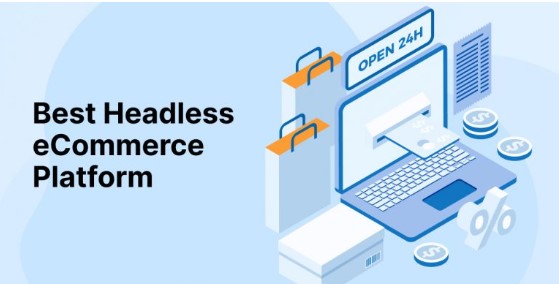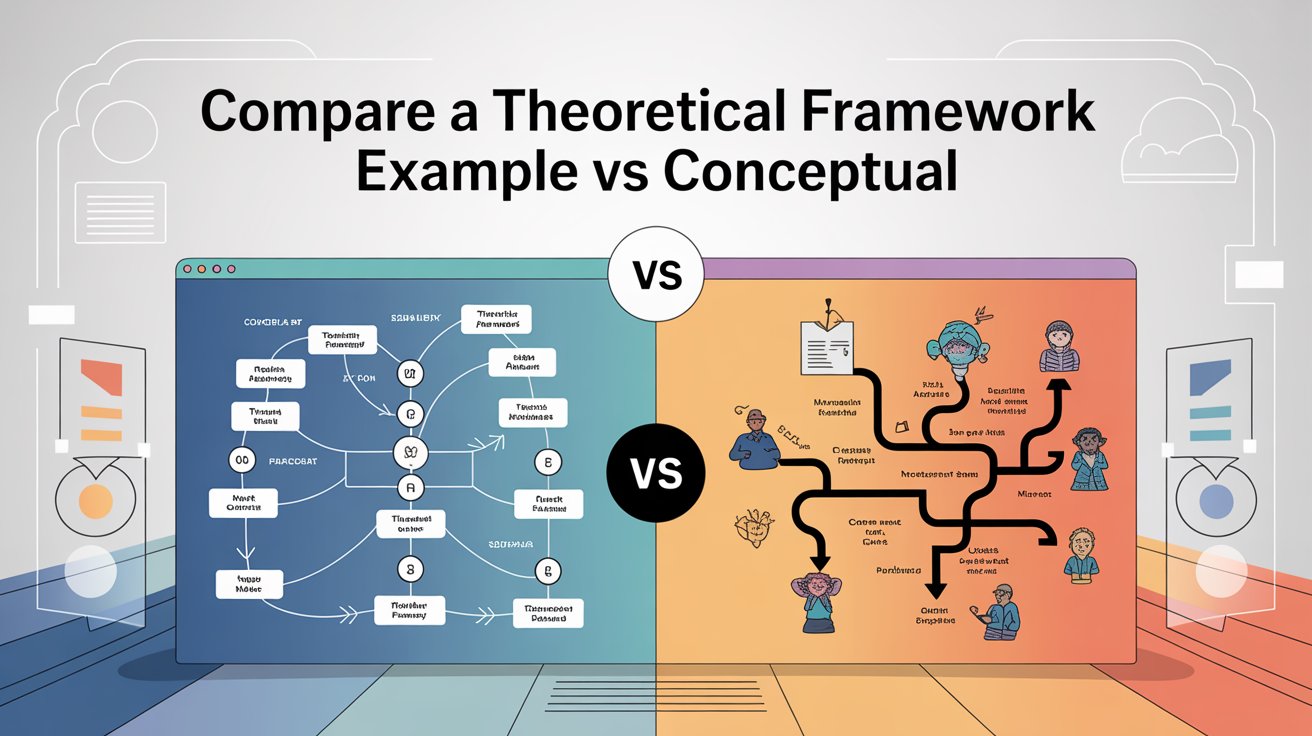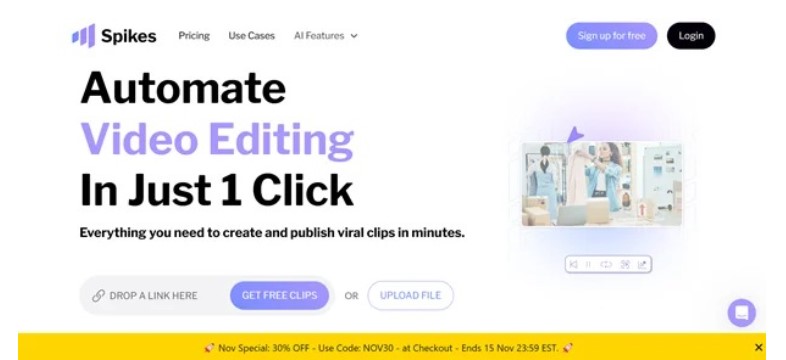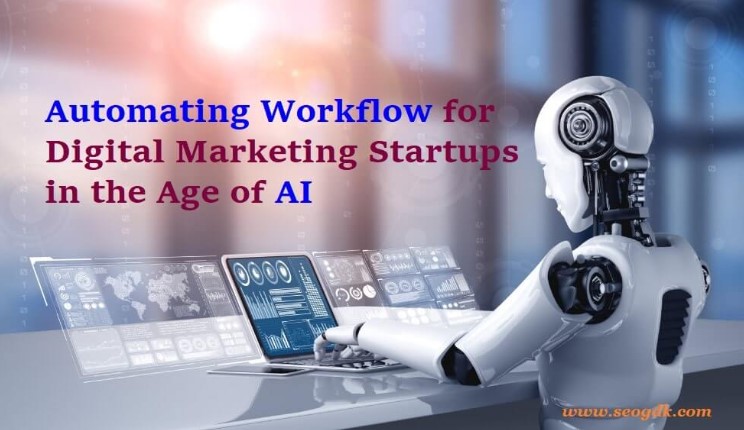Headless Commerce Explained What It Is and Why It Matter

Strong 8k brings an ultra-HD IPTV experience to your living room and your pocket.
In today’s fast-paced digital world, eCommerce brands are constantly seeking flexible, scalable, and personalized solutions to stay ahead. Enter headless commerce—a powerful innovation that’s revolutionizing how businesses approach online retail. But what exactly is headless commerce, and why is it making waves across the eCommerce landscape?
This article breaks it down in simple terms and explains why adopting a headless commerce approach could be a game-changer for your business.
What Is Headless Commerce?
Headless commerce refers to an eCommerce architecture where the frontend (the “head”) is separated from the backend. Traditionally, online stores use monolithic systems where the frontend (what customers see) and backend (where data is managed) are tightly linked. In contrast, headless commerce decouples the two, allowing brands to use APIs to connect the frontend to the backend.
This setup gives developers the freedom to build and customize the user experience without being confined by backend limitations.
How It Works
Instead of relying on a single platform to manage both the customer interface and the backend logic, headless commerce uses:
*Backend: Handles core commerce functionalities like product management, inventory, checkout, and order processing.
*Frontend: Built independently using modern frameworks like React, Vue.js, or Angular.
*APIs: Connect the frontend and backend, ensuring seamless communication.
Key Benefits of Headless Commerce
1. Flexibility and Customization
With no rigid frontend, developers have full control over the user interface. This allows businesses to build unique, branded customer experiences across web, mobile apps, IoT devices, and even AR/VR platforms.
2. Faster Time-to-Market
Changes and innovations can be rolled out faster since developers can work on the frontend and backend independently. This is especially useful during seasonal campaigns or flash sales.
3. Omnichannel Selling Made Easy
Headless commerce enables consistent shopping experiences across multiple touchpoints—whether it's a website, mobile app, smart mirror, voice assistant, or kiosk.
4. Enhanced Performance
Lightweight, API-driven frontends typically load faster than traditional monolithic platforms, which can lead to improved site speed, SEO, and conversion rates.
5. Scalability
As your business grows, headless architecture makes it easier to scale specific parts of your system without overhauling the entire platform.
Why Headless Commerce Matters in 2025 and Beyond
1. Customer Expectations Are Evolving
Consumers today expect personalized, seamless, and fast experiences. Headless commerce empowers businesses to meet those demands by enabling custom UX/UI tailored to user behavior and preferences.
2. The Rise of Composable Commerce
Composable commerce—where you select best-of-breed tools for each function—is a growing trend. Headless commerce fits perfectly into this model, offering the freedom to integrate the best payment gateway, CMS, PIM, or CRM.
3. Speed and Innovation Are Critical
Businesses that can experiment, iterate, and deploy faster are more likely to stay competitive. Headless commerce supports agile development, allowing for quicker innovation.
Use Cases: Who Should Consider Going Headless?
*Enterprise retailers with complex tech stacks or global operations.
*DTC brands seeking unique and branded shopping experiences.
*Subscription-based businesses needing dynamic and flexible interfaces.
*Companies investing in omnichannel or multi-device strategies.
Popular Headless Commerce Platforms
Here are some widely used headless commerce platforms and tools:
*Shopify Plus with Hydrogen & Oxygen (for custom storefronts)
*BigCommerce (offers a native headless setup)
*Commerce Layer
*Contentful (CMS used in headless setups)
*Magento with PW
*Sanity.io, Strapi, or Prismic (for content management)
Headless Commerce vs Traditional Commerce
|
Feature
|
Traditional Commerce
|
Headless Commerce
|
| Architecture | Monolithic
|
Decoupled
|
| Customization | Limited | High
|
| Time to Market
|
Slower
|
Faster
|
| Frontend Technology
|
Tied to backend
|
Independent (React, Vue)
|
| Omnichannel Capability
|
Limited
|
Extensive
|
| Scalability
|
Restricted | Highly scalable
|
SEO and Headless Commerce: What You Should Know
A common concern is whether headless commerce is SEO-friendly. The answer is yes—but it requires proper implementation. Since headless frontends often use JavaScript frameworks, you’ll need to ensure:
*Server-side rendering (SSR) or static site generation (SSG)
*Structured data and meta tags are correctly implemented
*SEO-friendly URLs and sitemaps are maintained
*Performance metrics (like Core Web Vitals) are optimized
Using tools like Next.js or Nuxt.js can significantly help in creating SEO-optimized headless websites.
Challenges of Headless Commerce
While headless commerce offers numerous benefits, it's not without challenges:
*Higher initial development cost
Custom frontend development can be resource-intensive.
*Requires skilled developers
You'll need a team familiar with APIs, frontend frameworks, and integration strategies.
*More complex architecture
Managing and maintaining a decoupled system can be complicated if not planned well.
Is Headless Commerce Right for You?
If your business prioritizes speed, flexibility, and a seamless customer journey across devices, headless commerce might be the right fit. However, for smaller businesses with limited resources, a traditional all-in-one platform may be more cost-effective in the short term.
Ask yourself:
*Do you need unique, branded experiences?
*Are you looking to scale and expand to new channels?
*Do you have the development resources to manage a headless setup?
If the answer is yes, it’s time to explore headless commerce more seriously.
Final Thoughts
Headless commerce is not just a buzzword—it’s a future-ready architecture built for businesses that want to innovate, adapt quickly, and offer outstanding user experiences. As digital expectations grow, so too must the platforms that support them.
By going headless, you're investing in flexibility, speed, and the ability to delight your customers at every touchpoint.
Note: IndiBlogHub features both user-submitted and editorial content. We do not verify third-party contributions. Read our Disclaimer and Privacy Policyfor details.







